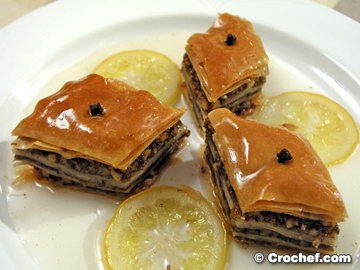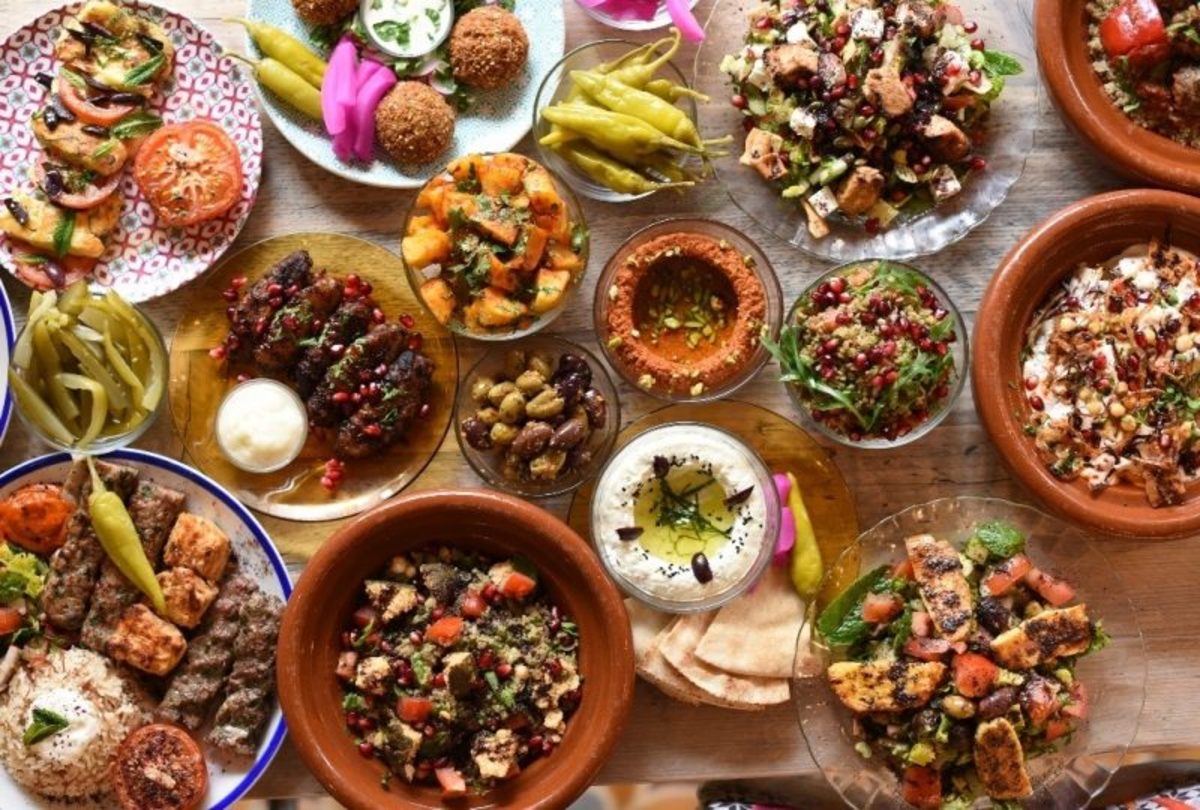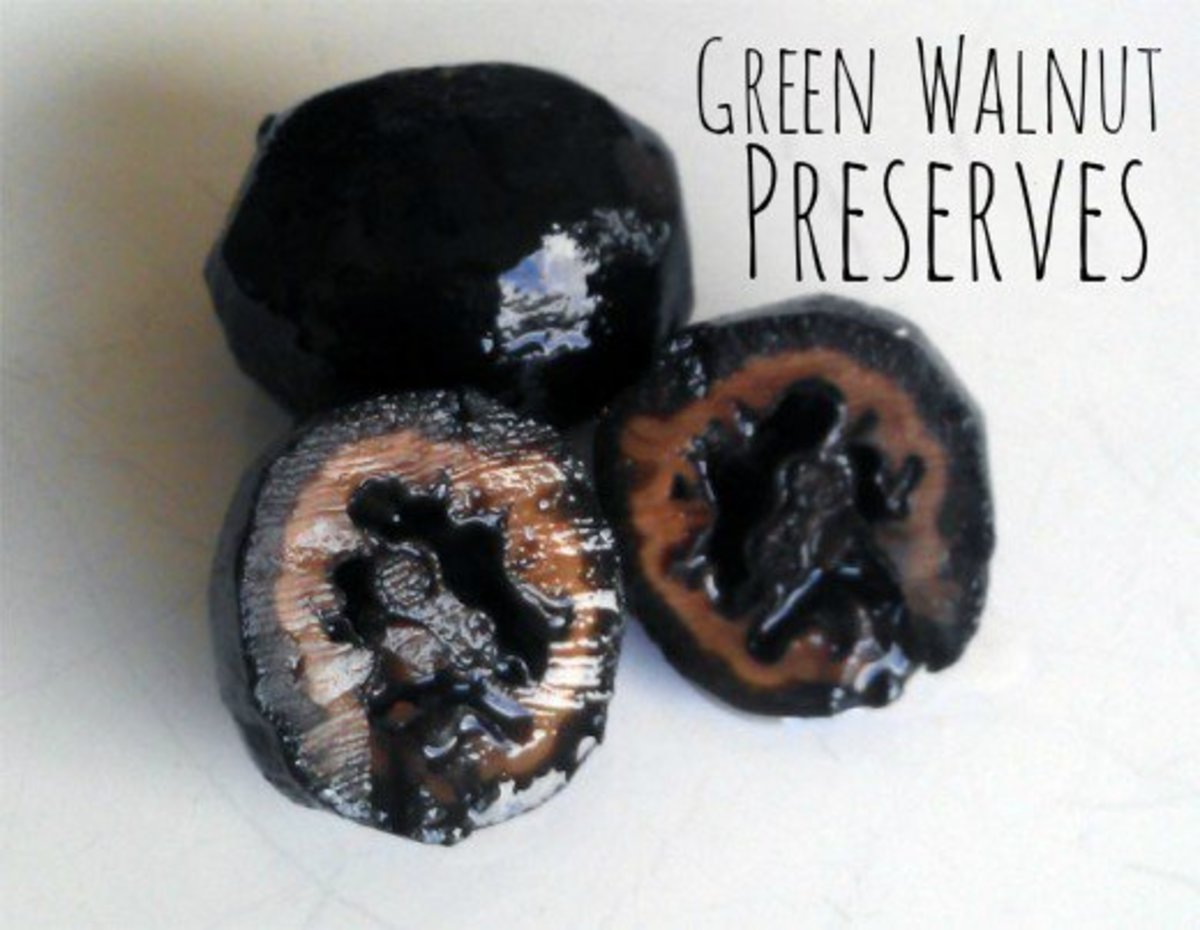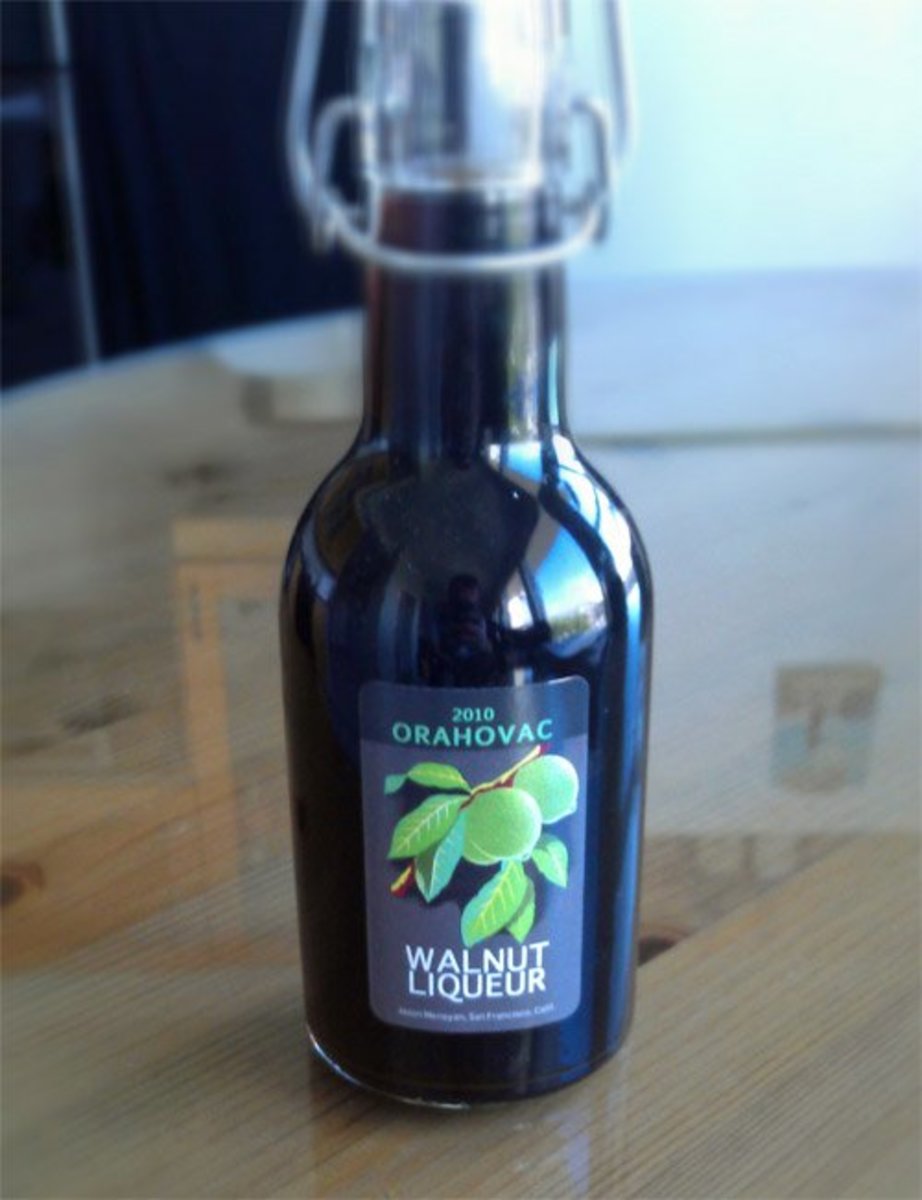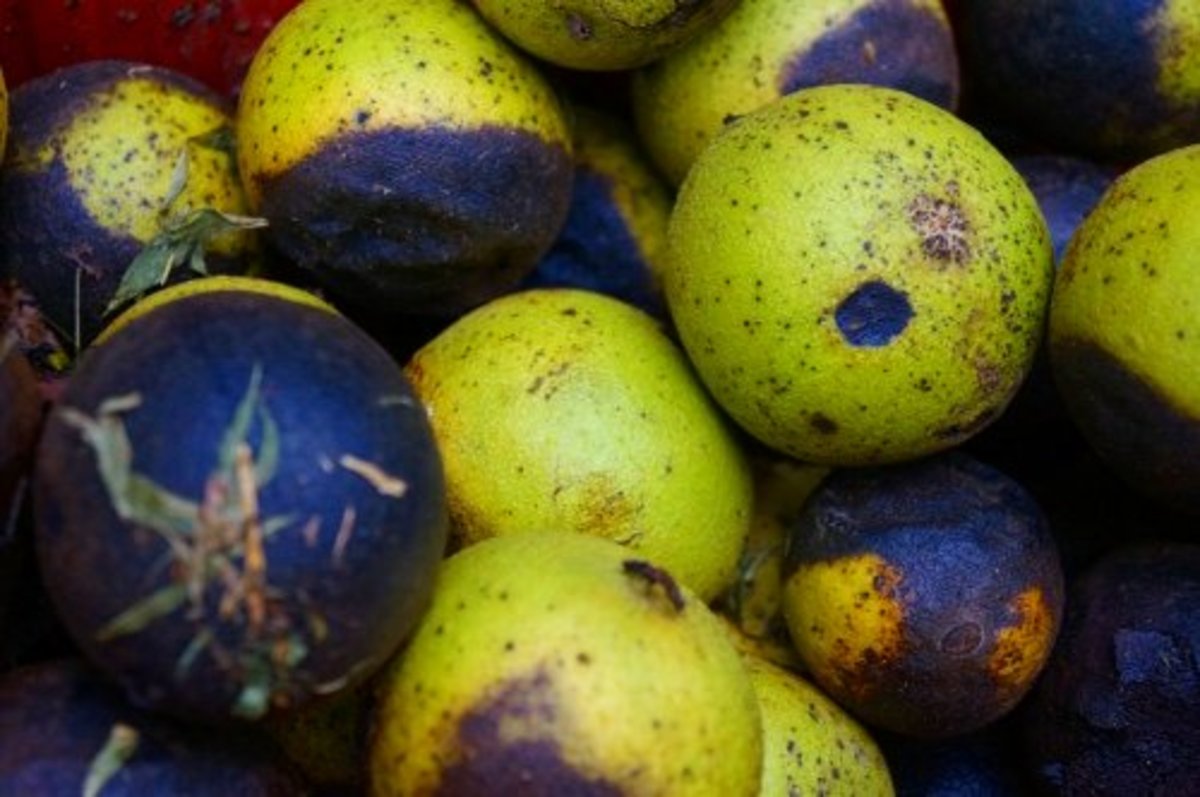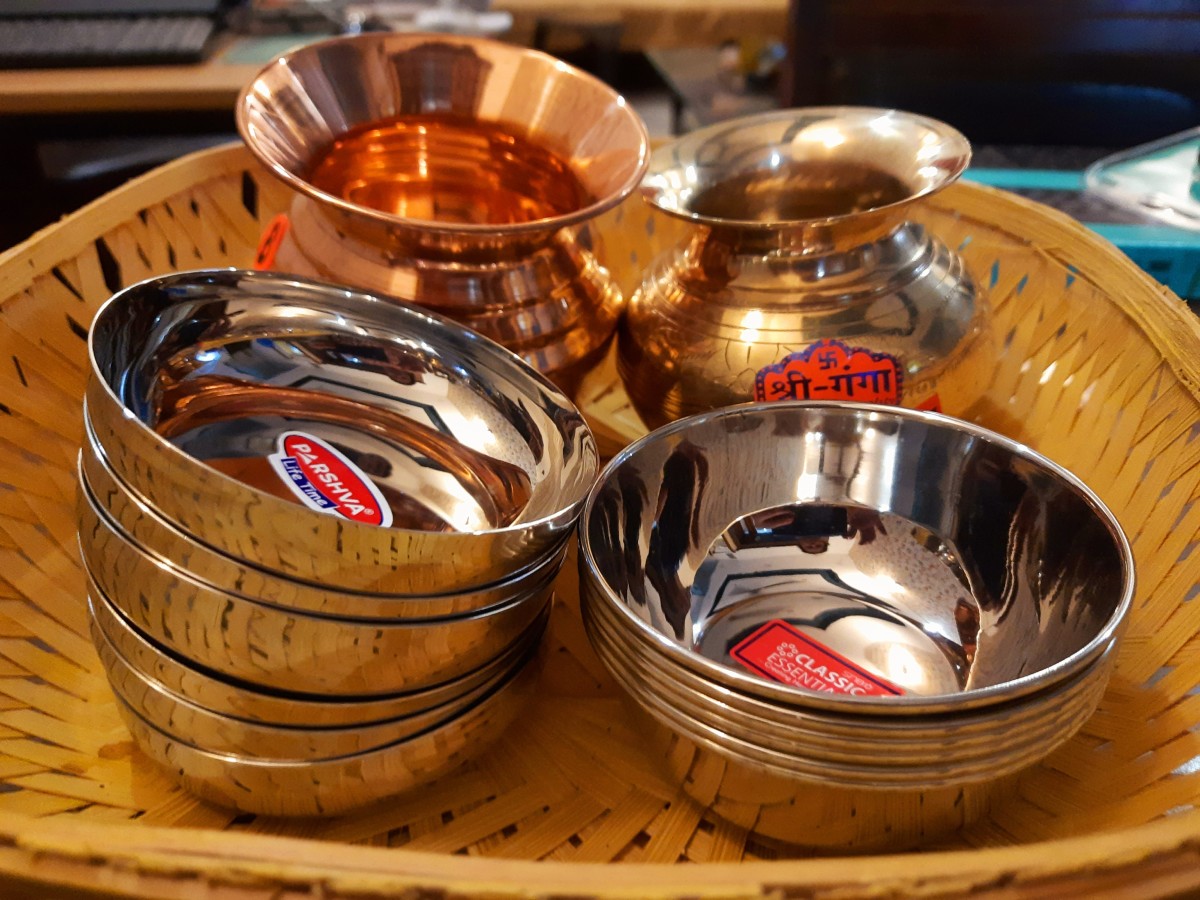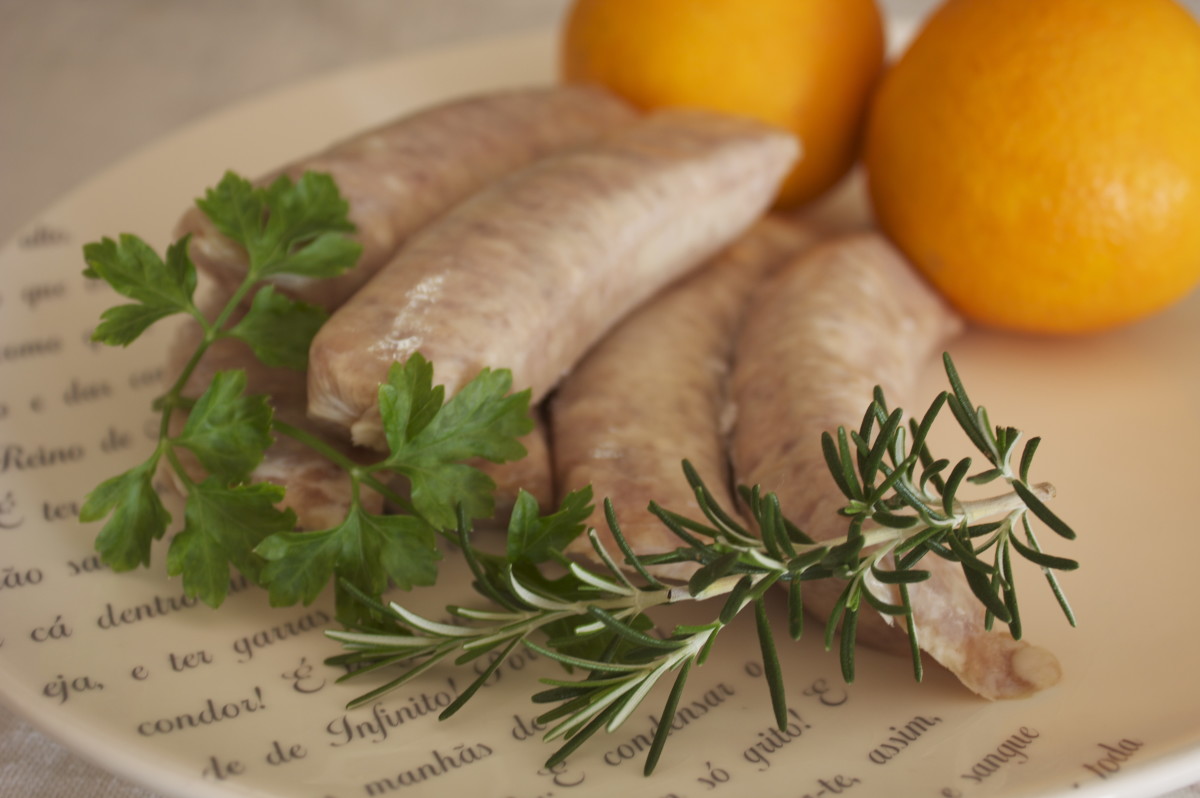- HubPages»
- Food and Cooking»
- World Cuisines»
- Middle Eastern Cuisine
How to Make Middle Eastern / Turkish / Dalmatian Baklava with Walnut and Pita
Lemons make the difference
Classic Dalmatian Baklava has its roots from the middle east, brought by the Turks when they invaded the Balkans over 500 years ago. Other syrupy desserts like Albanian sweets, Macedonian, etc. have a similar cultural kinship. Made of pita dough, syrup and plenty of finely ground nuts, it is an easy to make dessert best served with strong coffee.
A little history
The Turks made baklava from hazelnuts and butter, using hand-made, hand rolled, paper thin pita dough. Nowadays, the Turkish version is rarely made, except maybe in Turkey. For one, it is timely and two, the traditional ingredients are much more expensive. The suitable substitute for this ancient recipe is to use fresh, not bitter walnuts (keep them in the freezer to preserve freshness) and a combination of margarine and cooking oil. Instead of rolling out the dough, it's quite easy and practical to find a good quality, thinly prepared pita dough. Ask at the grocery store which one is the thinnest. You will probably find this item in the frozen foods section.
Ingredients:
40 grams of sorted (watch out for walnut shells!) and finely chopped walnuts, 40 grams of sugar, vanilla flavoring, 2 lemons, pita dough, two sticks of margarine or 1 stick and a cup of good quality oil.
A note about the lemons
It's worth the extra trouble to find home-grown lemons. The lemon peel lends a wonderful flavor. The store-bought ones are unfortunately not the same.
Procedure!
Using a rectangular shaped cooking pan (9" x 13" is ideal), oil the bottom. Opening the pita dough, slice it lengthwise so it's in rectangular sheets to the approximate size of the pan.
In a medium sized bowl, mix all the walnuts and half the sugar until the mixture is very homogeneous. On the stove, melt the margarine (slowly, to prevent burning - I like to chop mine up in quarters so it melts easily and fairly quickly) on the lowest setting. Once it's cooled a little, add the oil.
Now you will layer it, three pitas on the very bottom. Using a pastry brush or the back of a tablespoon, spread some of the margarine mixture onto the pita. Add a sprinkling of the sugar and walnut mixture, then the pita. Repeat indefinitely until you have filled up the entire pan.
The top row should have two pita sheets, then margarine of course, and a healthy dose of the sugar and walnuts.
When you've completely filled the pan, you will need to slice the baklava into cubes or diamond shapes before baking. If you don't, the top edge will curl inwards and you won't get that smooth, attractive look as shown in the photo.
Put the baklava into the oven at a moderate temperature, 325 - 350 F or 180 to 200 C. The cooking takes about 20-30 minutes. I recommend positioning it on the middle rack of the oven so the sugar and walnuts don't burn. If your oven is especially hot it would be OK cover it with foil until the last 10 minutes of baking.
While the baklava is baking, you'll need to make the syrup.
Syrup Recipe
The remaining sugar 20 grams in a little less than a half-liter water. Mix well and put it on the stove at medium heat. Let it cook and come to a gentle boil while stirring, until the sugar is completely dissolved. AFTER this, add the vanilla flavoring and thinly sliced lemon. You can use one lemon for juice and the other for cooking directly into the syrup. Another five to ten minutes of cooking on low will be enough to let the lemon juice permeate the syrup.
Now slowly and evenly pour the syrup onto the baklava. Give it a half hour to soak up completely before serving.
The ideal accompaniment to this middle eastern dessert is a short black cup of Turkish coffee, although a cup of unsweetened strong tea or during summer, a glass of iced tea would also hit the spot.
You'll see that if you take the time to get the ingredients organized, it's quite an easy to make dessert recipe and often very well received by guests! Keep any uneaten portion covered in the refrigerator. In addition to Easter Bread (Sirnica) I usually serve Baklava at Easter time, but it can be an effective pita to enjoy at any time of the year. One year I served it alongside Pumpkin Pie at Thanksgiving time and it was a nice change from the ordinary.
Enjoy, and Bon Appetit!
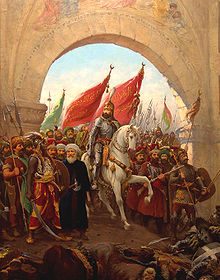
Rolling out the dough (by hand)
- Rolling filo dough - YouTube
Rolling filo dough for Banica in Kochani, Macedonia
